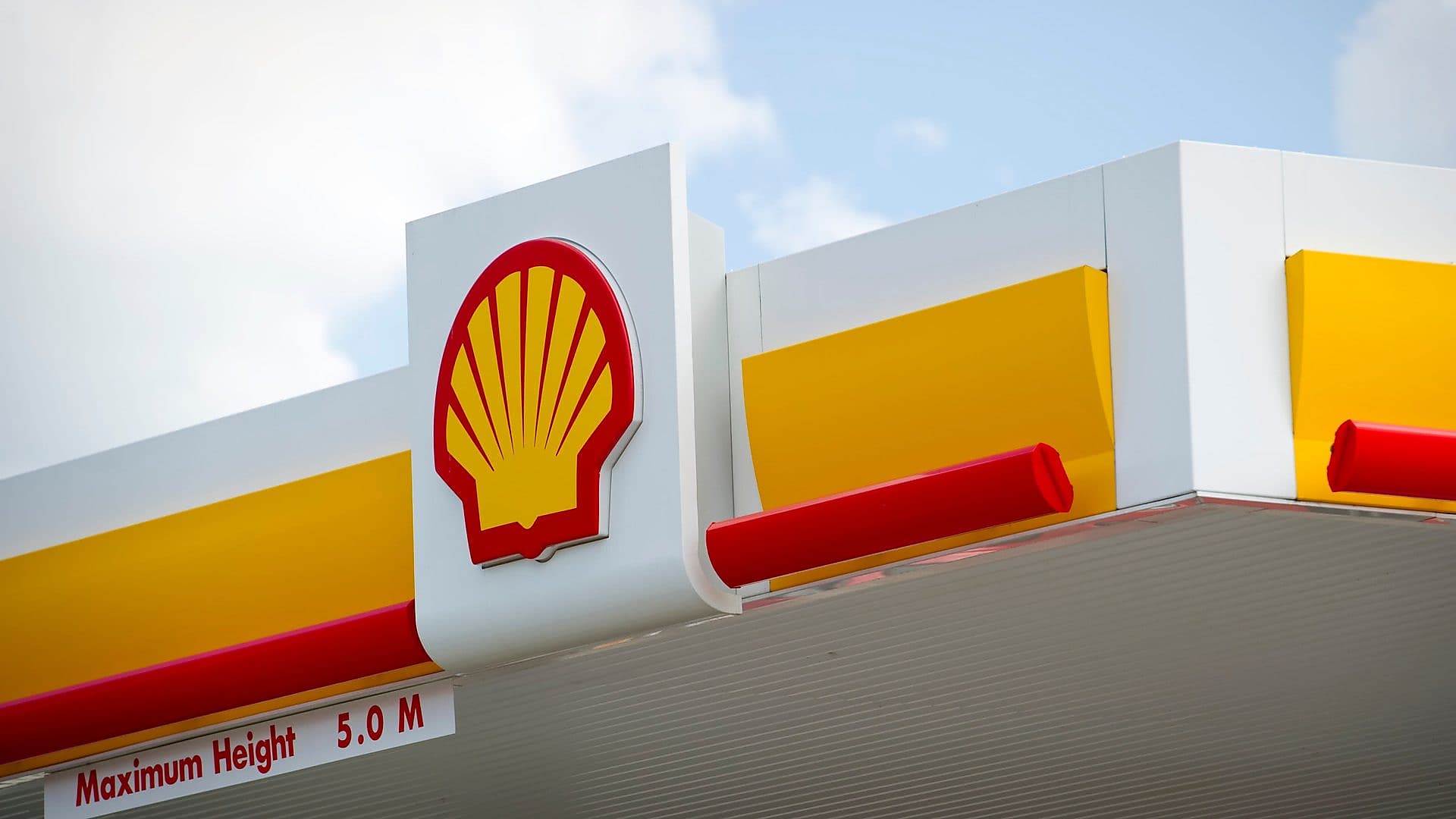Royal Dutch Shell PLC and Energy Transfer LP said they are pursuing plans to convert a liquefied-natural-gas import facility in Louisiana into an export terminal, a bet that the future of U.S. shale gas lies in selling it for higher prices in overseas markets.
The Anglo-Dutch energy giant and U.S. pipeline operator said they are putting contracts out for bid to engineers and construction companies to reconfigure Energy Transfer’s existing import facility in Lake Charles, La. The proposed facility would have the capacity to ship 16.5 million tons of U.S. natural gas a year, the companies said Monday.
“You can model and study it but the best way is to go out to tender and get a price that someone is willing to commit to,” Maarten Wetselaar, Shell’s director of integrated gas and new energies, said in an interview Monday in New York. “We are done theorizing on it; we just want to find out.”
The move comes amid a prolonged period of low natural-gas prices in the U.S., where futures for April delivery settled Monday at $2.755 per million British thermal units. That is up 5% from a year ago but still low enough to put financial pressure on the producers that have flooded the domestic market with shale gas in recent years.
Shell and Energy Transfer own equal economic stakes in the Lake Charles project, which was built at a time when many believed the U.S. was running low on gas and would rely on imports. The partners will decide together whether they should proceed with converting the Louisiana terminal pending the outcome of bidding and their analysis of the global LNG market.
One key factor, Mr. Wetselaar said, would be finding the 5,000 workers the companies estimate they will need to build the export facility. Labor might be particularly tight at a time when Exxon Mobil Corp. and Qatar Petroleum have announced they will build a rival export terminal nearby in Texas.
Mr. Wetselaar said the Lake Charles plant should have advantages over competitors because much of the necessary infrastructure has already been built. “If you can be the cheapest Gulf Coast project, then you’ll always be in the money because it’s such a big source of supply,” he said.
U.S. LNG exports have surged since early 2016. There are now three export facilities operating from the U.S. mainland, with several more slated to come online over the next few years as big energy companies seek to mop up the cheap shale gas and ship it in liquefied form to customers overseas, where the price is better.
China has emerged as a key buyer of U.S. gas as the country combats air pollution by replacing coal-fired power plants with those that produce electricity from cleaner inputs, such as natural gas, wind and solar.
Lately, LNG prices in Asia have sunk below $5 per million British thermal units, their lowest level in nearly three years. Shell, which supplied roughly 25% of China’s LNG last year, is bullish on the market regardless of current price moves because of the Chinese government’s goal to boost the amount of gas used to produce electricity there to 15% from about 7% by 2030, Mr. Wetselaar said.
“Even if the Chinese economy decelerates, the quest to clean up the air in the big cities is going to continue,” he said.
Houston investment bank Tudor, Pickering, Holt & Co. told clients on Monday that the recent weakness in global LNG prices may prompt U.S. exporters to schedule extended downtime for maintenance this summer or to delay starting up new facilities if international prices languish. LNG export facilities have been counted on to absorb domestic production that has been soaring to new highs, and delays could push local prices lower.
“With the U.S. accounting for more than 80% of global new export capacity expected online through 2020, U.S. gas prices will become progressively more influenced by the strength of the Chinese economy,” Barclays analysts said in a report last week.
Shell, which last year accounted for about a quarter of all LNG sold globally, has already committed, along with several large Asian investors, to build a $30 billion LNG export facility in British Columbia that will transport gas gathered in western Canada to markets abroad.
Shell’s leadership staked the company’s future on natural gas in 2016 with the $50 billion purchase of rival BG Group PLC, a major player in LNG markets.
In the U.S., natural gas surpassed coal in 2016 as the top fuel for generating electricity. The U.S. Energy Information Administration on Monday said gas widened its lead over coal in 2018, accounting for 35% of electricity generation, compared with coal’s 27%. Overall, domestic natural-gas consumption rose 10% last year to an all-time high, the EIA said.



